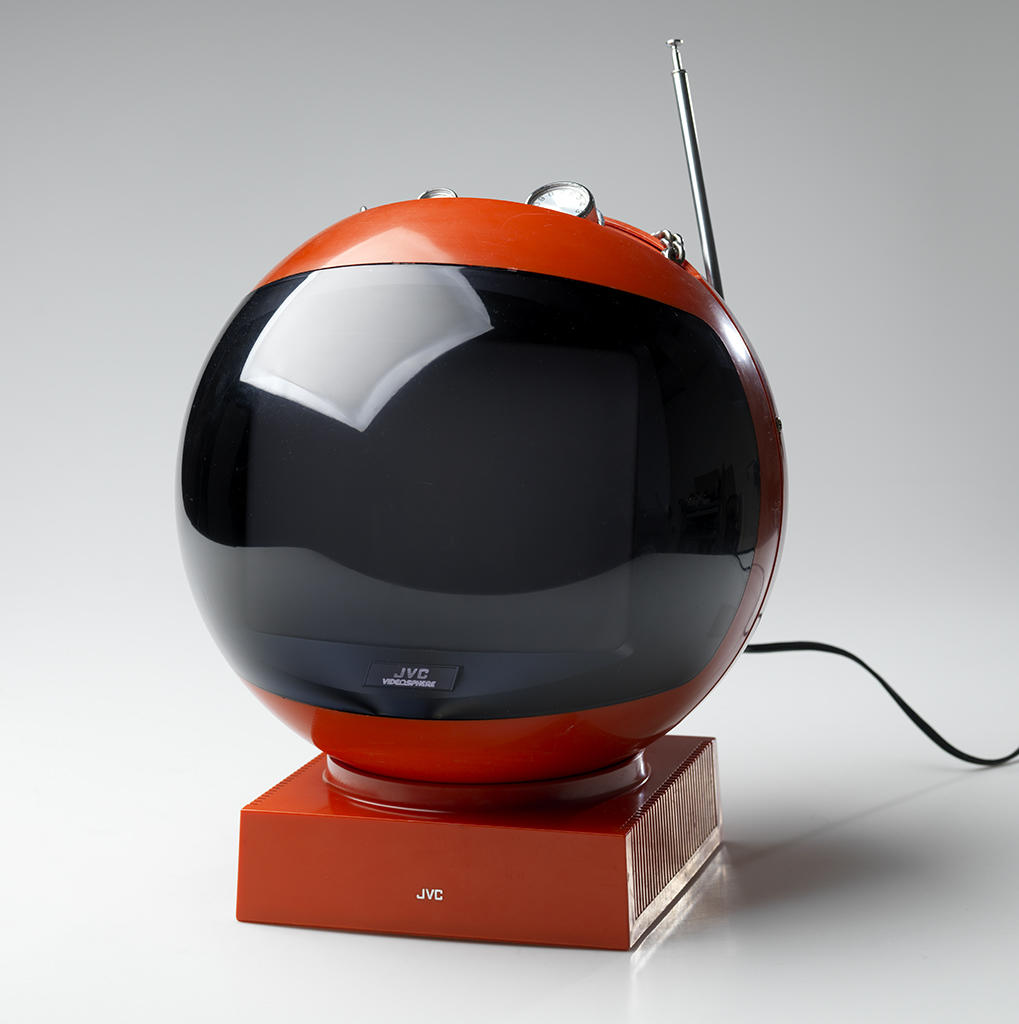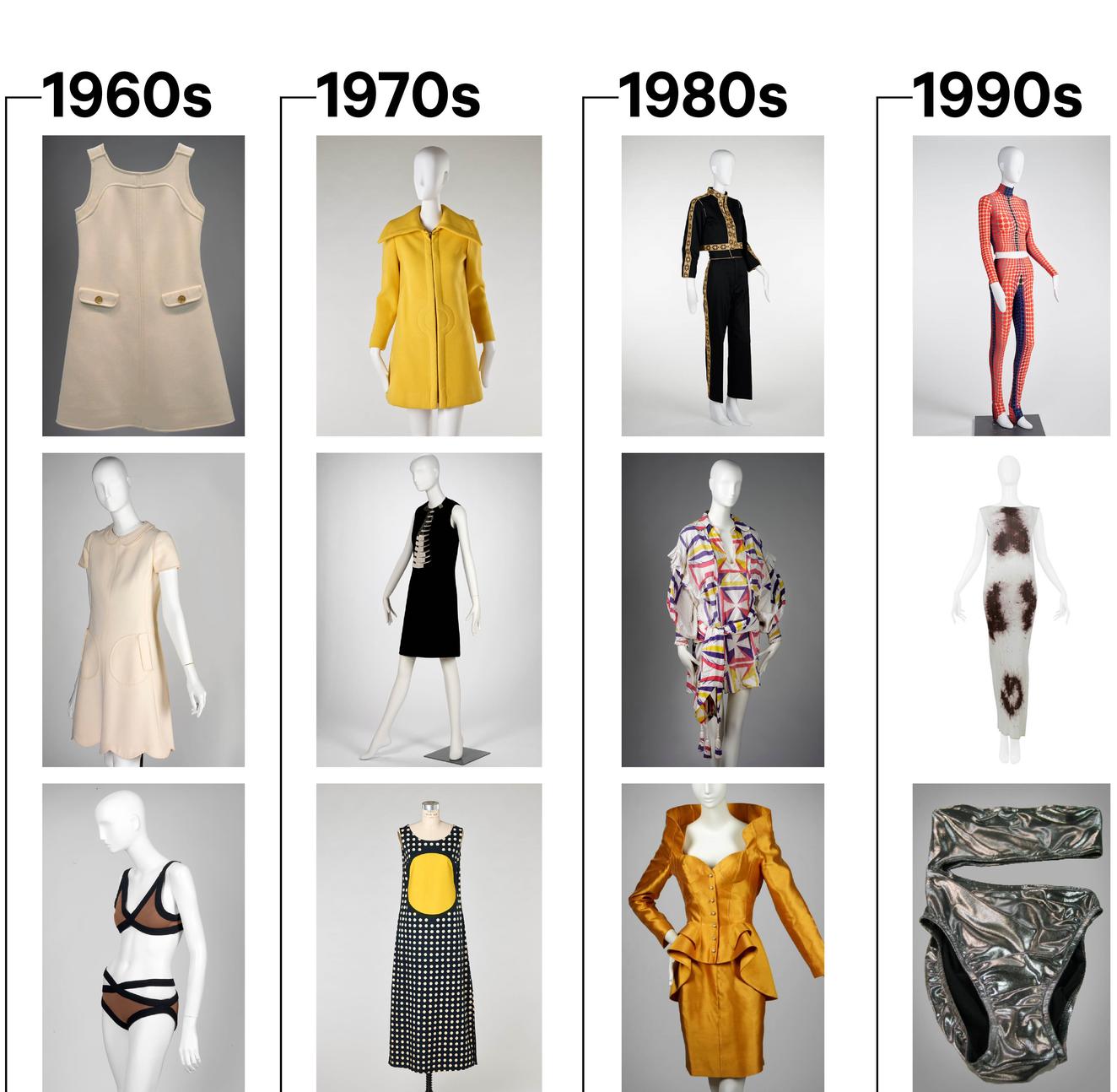Dear past,
Do you remember the first moon landing in the 1960s? Society predicted that in 2000, people would be driving rockets around the city and dressed in space suits—exactly like The Jetsons. Speculation continued in the following decade and fashion became strongly influenced by their vision of space. However, after the Teacher in Space Project, fashion swiftly changed its idea of the future to extravagant make-up and androgynous styles. Now Rock ‘n’ Roll and The New Romantics, whose gender fluidity scared the mainstream, characterized the future. The idea of genderless clothing kept going, and deconstructive fashion entered the game, with glances of futurism, raw edges and asymmetrical forms. By the 1990s, fashion had no form, totally opposite from the first idea of structured future—so I wonder, now that we are in the year 2100, how people of the past thought we would dress? All the former ideas and predictions were ridiculous; we as humans never dressed as our ancestors expected. I mean, in 2019 people expected future generations to dress in plastic bottles—which, due to an excess of them, was a good idea, but it actually never happened. Now, our dress is—from my perspective—pretty regular, nothing outstanding, no space rockets, no raw hems, and I can assure you of one thing: nobody was able to predict how our fashion would look.
Best,
Future
As humans, we are always trying to anticipate what is next—in our lives, in fashion trends, in science. Massive changes in technology have helped this urgency, as everyday tech and Artificial Intelligence (AI) make huge advances. This project was inspired by a JVC TV located in the Modern and Contemporary Galleries at the RISD Museum. It made me think about the sudden changes that happened in the 1960s, with the advancement in technology because of the space race, and how it affected society as a whole. From this idea I started to wonder: what does the future mean? How can we practice Futurism (the act of predicting or understanding future possibilities based on present ideas) and what it meant for our ancestors? As a costume and Textiles intern, I focused all these inquiries on fashion trends and designers from the 1960s to 1990s and how they expressed their own view of the future. This view is twofold: first, the influence of their surroundings and second, the sense of what “future” meant depending on the decade. The project grew and after a lot of research and object selection, it ended as an exhibition in the Donghia Costume and Textiles Study Center including the garments shown on the grid above. The biggest takeaway is to understand that, no matter the time in history, we are always hesitant about uncertainty and we—as a society—always find creative ways to express it.
Mariela Agüero Barrantes was the 2019 Andrew W. Mellon Summer Intern in the Costume and Textiles department. Mariela is a graduate student at the University of Rhode Island in Textiles, Fashion Merchandising, and Design.

